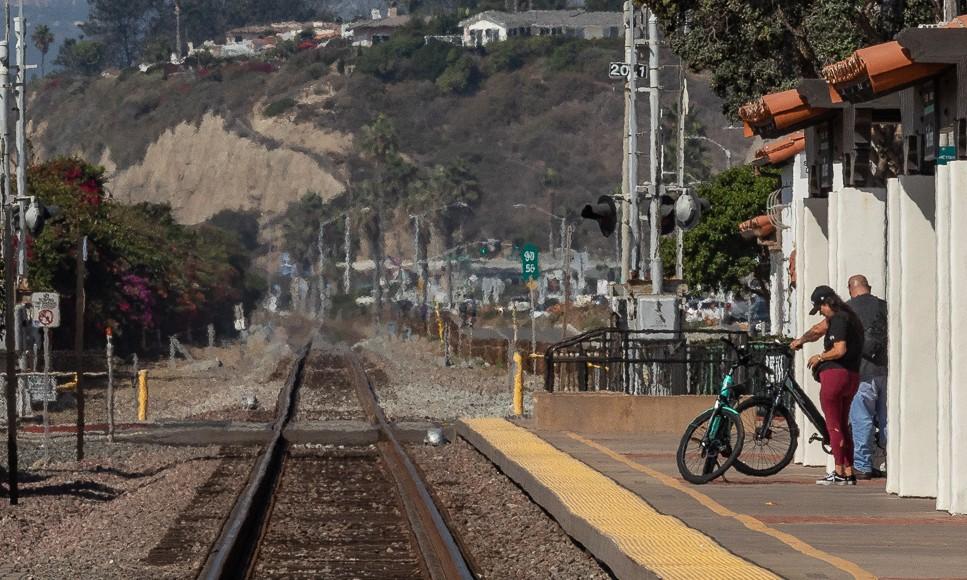LOS ANGELES—An unusually wet and rainy season is testing the limits of California’s water management system, with some reservoirs in Northern California reaching near capacity, increasing the risk of severe flooding.
“While we needed rain, we’re getting too much to manage at this point,” said Kelly Sanders, assistant professor of engineering at the University of Southern California (USC). “[It] has really shown some of our deficiencies in our infrastructure.”




